What is Ambient Lighting: A Comprehensive Guide for Home Decor
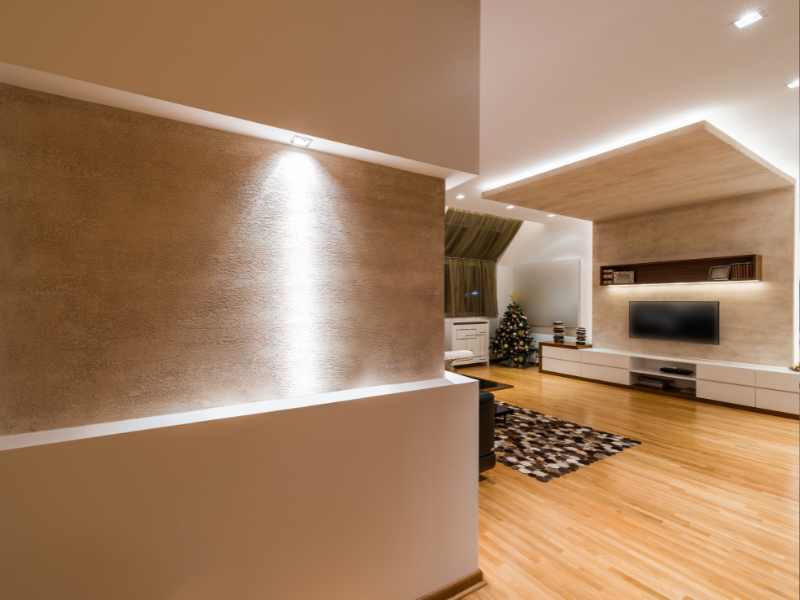
Have you ever walked into a room and felt instantly at ease, without knowing why? Chances are, it’s because of good ambient lighting. This special kind of light fills a room with a soft, warm glow that makes everything look better. It’s like magic for your home!
In this guide, we’re going to explore the secrets of ambient lighting. We’ll learn how it can turn any space from dull to delightful, and why it’s so important for creating a cozy home. Whether you’re curling up with a book or hosting a dinner party, the right lighting can make all the difference.
Ambient Lighting
Ambient lighting, also known as general lighting, provides overall illumination for a room. It is the primary source of light that ensures the entire space is well-lit, creating a comfortable and welcoming environment. Unlike task lighting, which is focused on specific areas, or accent lighting, which highlights particular features, ambient lighting is designed to offer a broad, diffused light that fills the room. Understanding what ambient lighting is and how it functions is essential for creating a balanced and inviting atmosphere in any home.
Types of Ambient Lighting
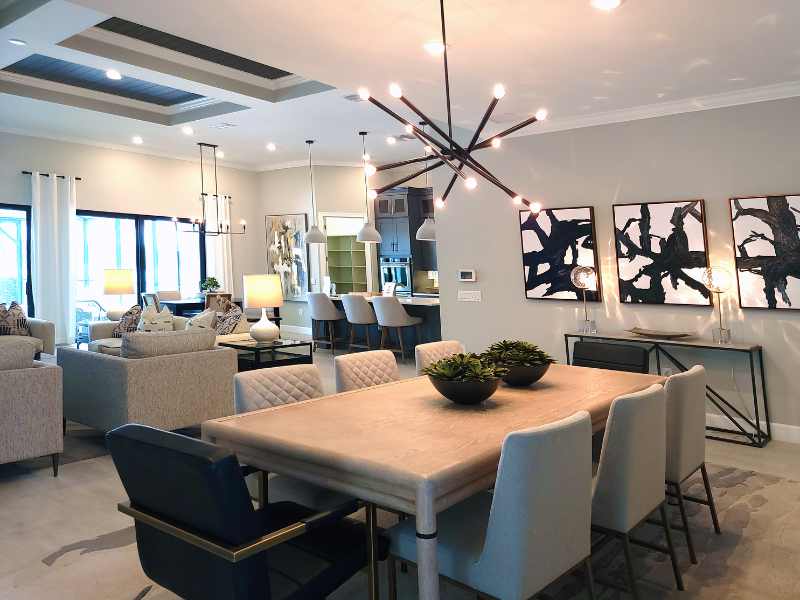
Ceiling Lights
Chandeliers are a classic choice for ambient lighting, offering both illumination and a decorative element. They are particularly effective in dining rooms, living rooms, and foyers, where they serve as a focal point while providing ample light.
Pendant lights hang from the ceiling and are available in various styles and sizes. They are ideal for providing ambient light in kitchens, especially over islands and dining areas. Pendant lights can also add a touch of elegance and modernity to any space.
Recessed lighting, also known as pot lights, is installed into the ceiling, creating a sleek and unobtrusive light source. This type of lighting is perfect for achieving a clean, modern look while ensuring even distribution of light throughout the room.
Wall-Mounted Fixtures
Wall sconces are mounted on walls and can serve both as ambient and accent lighting. Wall sconces are perfect for hallways, bathrooms, and living rooms. They add a layer of light without taking up floor or table space.
Track lighting consists of multiple light fixtures attached to a track, allowing for adjustable and directional lighting. While often used for accent lighting, track lights can also provide general illumination, especially in areas where flexible lighting solutions are needed.
Freestanding and Table Lamps
Floor lamps are versatile lighting options that can be moved around to suit different needs. They are ideal for living rooms, bedrooms, and seating areas, where they can provide ambient light and add to the decor.
Table lamps are another versatile option, offering both task and ambient lighting. Placed on coffee tables, bedside tables, or desks, they provide a soft, warm light that enhances the coziness of a room.
Benefits of Ambient Light
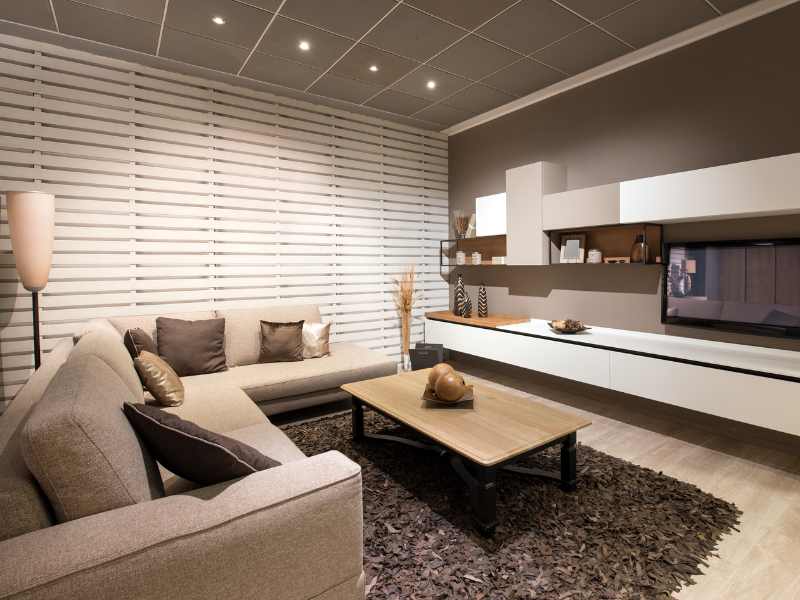
Provides General Illumination
Ambient lighting ensures that the entire room is well-lit, eliminating dark corners and creating a sense of openness. This overall illumination makes spaces more functional and inviting.
Creates a Welcoming and Comfortable Environment
One of the main benefits of ambient lighting is its ability to create a warm and inviting atmosphere. By using diffused light sources, ambient lighting softens the look of a room, making it more comfortable and appealing.
Enhances Architectural Features and Decor
Proper ambient lighting can highlight the architectural features of a space, such as ceiling beams, alcoves, and molding. It also enhances the decor, making colors appear more vibrant and adding depth to the overall design.
Adds Depth and Dimension to a Space
By strategically placing ambient lights, you can add layers of light that create depth and dimension. This technique helps in making rooms feel larger and more dynamic, improving both their functionality and aesthetic appeal.
ALSO READ: What is Architectural Lighting?
Choosing the Right Ambient Lighting
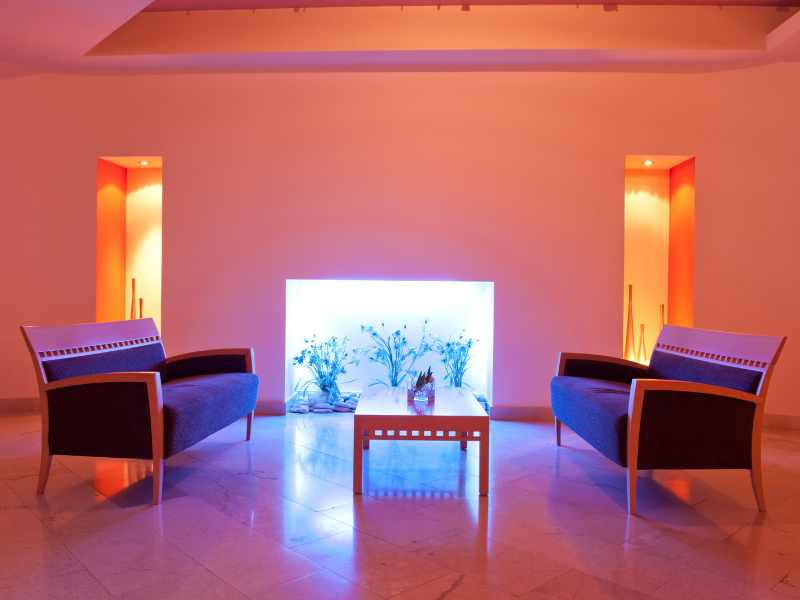
Assessing the Space
When choosing ambient lighting, it’s essential to consider the specific needs of each room. Living rooms, dining areas, seating areas, and kitchen islands all have different lighting requirements. Assessing the size, layout, and function of the space will help you determine the best lighting solutions.
Light Sources and Fixtures
Selecting the right light sources and fixtures is crucial for effective ambient lighting. LED strips, fluorescent lights, and pot lights each offer unique advantages. An LED strip is energy-efficient and versatile, while a fluorescent light provides bright, even illumination. Pot lights, or recessed lighting, are excellent for creating a sleek, unobtrusive look.
Color Temperature and Brightness
The color temperature and brightness of ambient lighting can significantly impact the mood and functionality of a space. Warm lighting creates a cozy, inviting atmosphere, ideal for living rooms and bedrooms. In contrast, bright light is better suited for kitchens and workspaces, where clarity and focus are essential.
Combining Ambient Lighting with Other Lighting Types
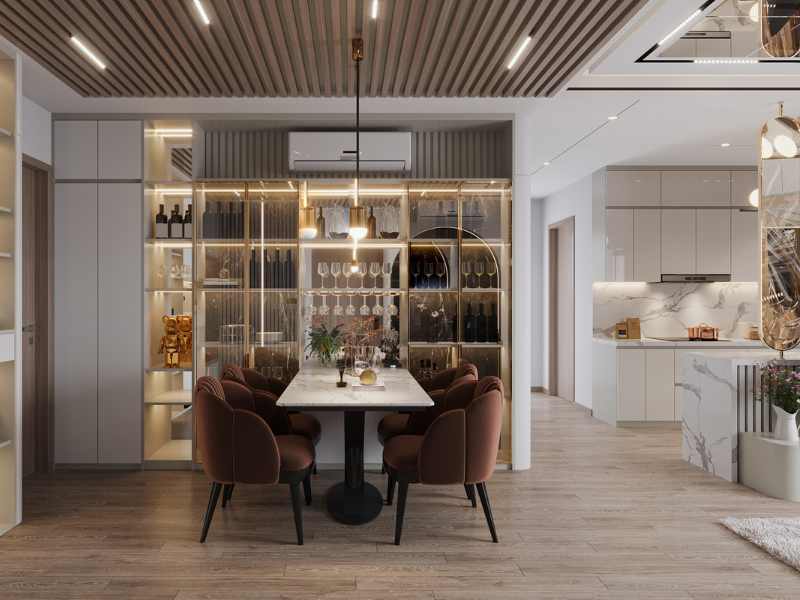
Task Light
Task lighting is designed to illuminate specific areas. They are perfect for areas where activities such as reading, cooking, or working take place. Combining ambient lighting with task lights ensures that spaces are both functional and comfortable.
Desk lamps provide focused light for reading or working, making them essential for home offices or study areas. They complement ambient lighting by offering additional brightness where needed.
In kitchens, under-cabinet lighting is invaluable for illuminating countertops and workspaces. This type of task lighting works alongside ambient light to create a well-lit environment for cooking and food preparation.
Accent Lighting
Accent lighting highlights specific architectural features, artworks, or decorative elements within a space, adding personality and depth.
Wall sconces can serve as both ambient and accent lights, adding a decorative touch while illuminating walls and hallways.
Track lights are versatile and can be used to highlight focal points or specific areas in a room. They work well with ambient lighting to create layers of light that add dimension and interest.
Practical Tips for Implementing Ambient Lighting
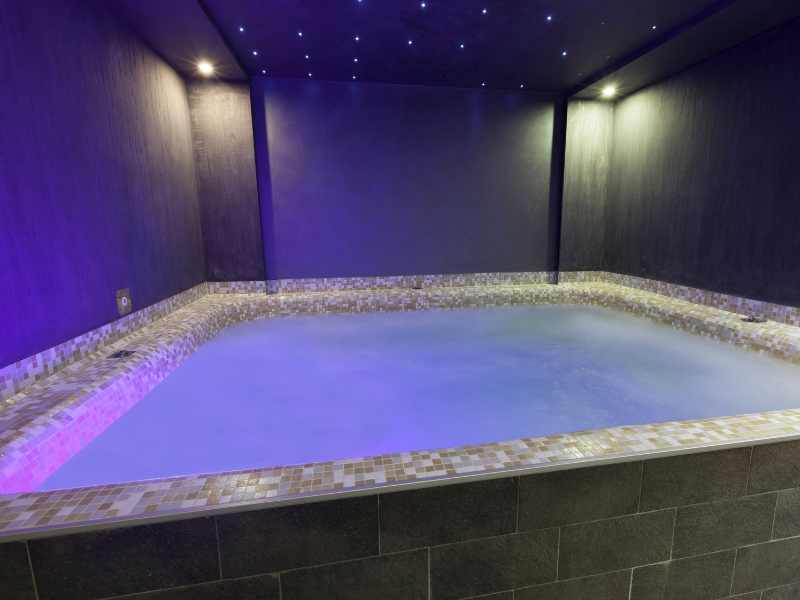
Layering Light
Combining various types of lighting—ambient, task, and accent—results in a comprehensive and adaptable lighting setup. This approach ensures that each area of the room is adequately lit and visually appealing.
Combining various light sources, such as ceiling lights, table lamps, and wall sconces, can achieve a balanced lighting landscape. This mix allows for flexibility and adaptability in how spaces are used and experienced.
Energy Efficiency
Choosing energy-efficient lighting options not only saves money on electricity bills but also reduces environmental impact. LED soffit lights are an excellent choice due to their long lifespan and low energy consumption.
LED strips are versatile and can be used for indirect lighting, such as under cabinets or along ceilings, providing a soft and diffused light.
Fluorescent lights offer bright and even illumination, making them suitable for areas that require strong general lighting.
Design and Placement
Strategic placement of ambient lights is crucial for achieving optimal lighting effects. Consider the room’s layout, the activities that take place, and the desired mood when positioning light fixtures.
Using indirect illumination, such as cove lighting or recessed lighting, can help avoid glare and create a more comfortable and inviting atmosphere.
Highlighting focal points, such as architectural features or pieces of artwork, with accent lighting can enhance the overall design and aesthetic appeal of the space.
ALSO READ: Everything About Outdoor Soffit Lighting
Integrate Natural Light and Mood Lighting for Aesthetic Appeal
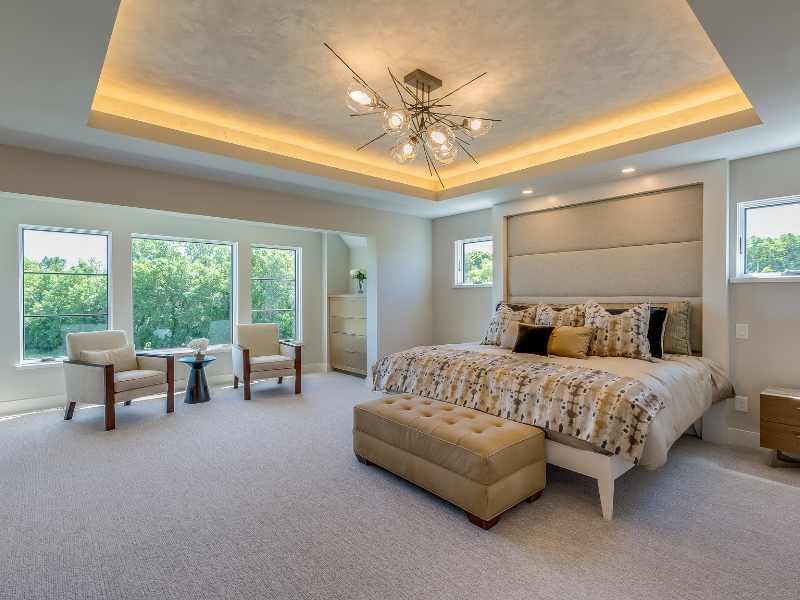
While artificial lighting plays a significant role in creating ambient light, integrating natural light with mood lighting can enhance the aesthetic appeal of your home. Properly utilizing both lighting types can transform any room from having a dull appearance to an inviting and visually stimulating space.
Use Natural Light
Natural light should be considered ambient lighting because it provides a broad and diffused illumination that can brighten up the entire room. Strategically placing windows and using sheer curtains can help maximize natural light, creating a bright and airy atmosphere during the day.
Mood Lighting with Table Lamp
Table lamps are excellent for mood lighting, adding a soft glow that enhances the room’s ambiance. Placing table lamps on coffee tables, bedside tables, or just one corner of the room can provide the right lighting to create a cozy and warm environment. Table lights with yellow light bulbs can further enhance this effect, adding a touch of warmth.
Balancing Different Lighting Types
Combining as many lights as necessary to balance natural light with artificial sources is key. Fluorescent lights can serve as the main ambient light for their brightness, while mood lighting from table lamps and task lights can add layers and depth. Using a light switch to control these various lights allows for flexibility in adjusting the lighting to suit different times of day and activities.
Enhancing Specific Areas
For spaces like the kitchen island, consider using main lights for functional purposes and adding table lamps or task lights to highlight specific areas. This approach not only ensures the right lighting for different tasks but also makes the kitchen more aesthetically pleasing.
Adding Personality with Mood Lighting
Mood lighting can inject personality into a room. Instead of relying solely on main ambient lights, use a variety of light sources to add little touches of character and warmth. This method prevents the space from having a dull appearance and makes it more engaging and inviting.
Final Thoughts
Ambient lighting is a fundamental aspect of home decor that significantly impacts the functionality and aesthetic appeal of a space. By understanding what ambient lighting is, the different types available, and how to choose and implement it effectively, you can create a warm and inviting atmosphere in any room.
Combining ambient lighting with task and accent lights ensures a balanced and versatile lighting scheme that meets all your needs. Consider energy-efficient options and strategic placement to achieve the best results. Experiment with different lighting types and designs to transform your home into a beautifully lit and welcoming space.
Illuminate your home with expert ambient lighting from Plano Outdoor Lighting Co. Contact us today to transform your space with warm and inviting lighting solutions tailored to your style and needs!
